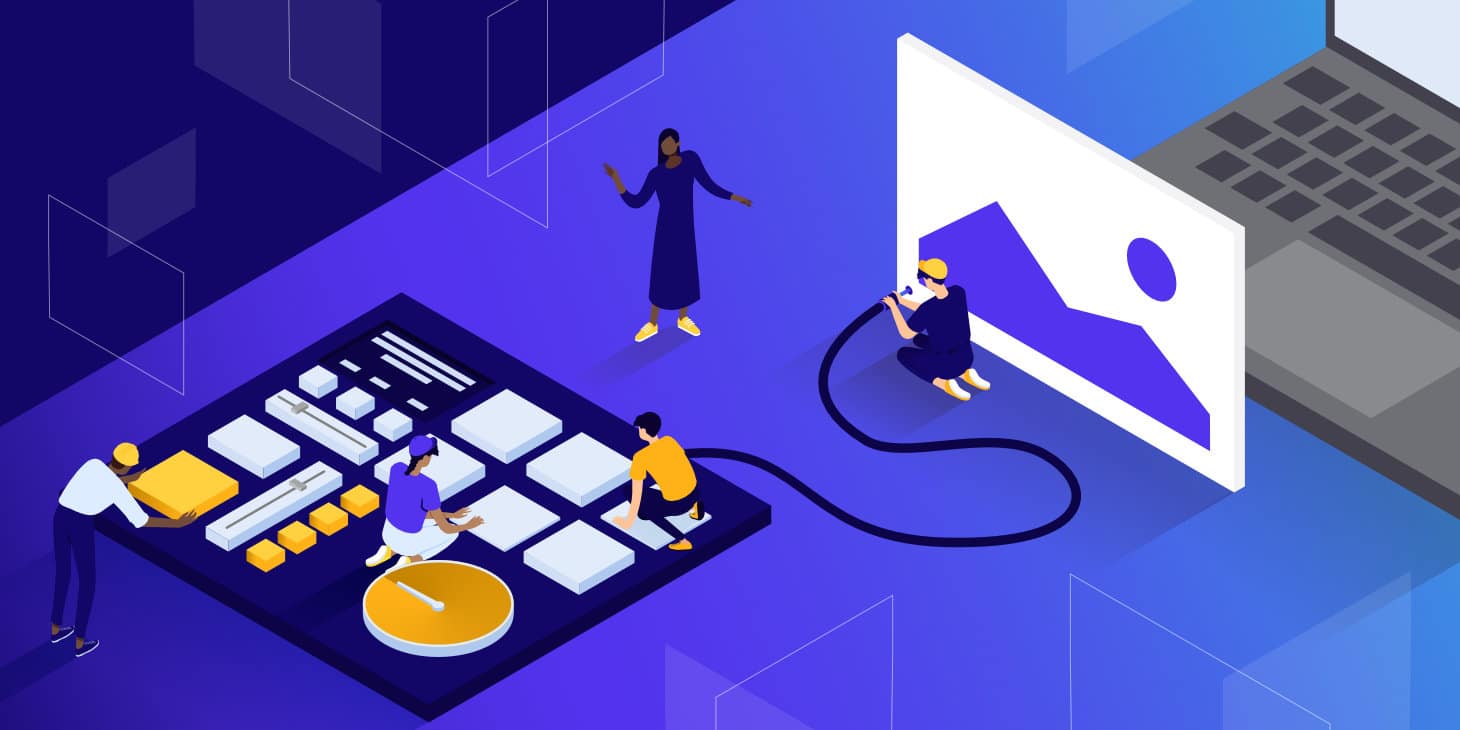With the wide variety of image compression tools available, it’s no surprise that most website owners want to know which is better. The truth is, there’s no good or wrong answer. Each has pros and cons, different uses and requirements, etc. However, this guide gives you a better idea of what you need. This article answers frequently asked questions about image compression tools.
How does image compression affect the quality?

Image compression is a technique used to reduce the file size of digital images. There are two types of compression: lossless and lossy. Lossless compression reduces the size of an image without degrading its quality in any way. Lossy compression, on the other hand, sacrifices some image quality to achieve smaller file sizes.
Image optimization is reducing image file size without affecting its quality. The smaller your images are, the faster your website will load. JPEG and PNG files are two of the most popular image formats used on the web. JPEG and PNG images can be compressed further by using a compression tool.
Image compression is converting a raster image into a compressed format. When an image is saved as a JPEG, GIF, or PNG file, it’s compressed using a lossy algorithm that throws away some information to reduce the file size. The more you compress an image, the more information you’ll lose.
Use lossless compression instead to retain all possible details and keep your images looking sharp. This technique preserves all the data from your original image without reducing its quality, but it also takes up much more space on disk. Lossless compression is often used only for large files that usually don’t need to be transferred over the web (like RAW photos).
What is the primary purpose behind image compression?

Image compression is a way of reducing the size of an image file without degrading its quality. Compression reduces the amount of space an image takes up on disk and in memory, making it easier to send over the Internet or store in a database.
Many image compression tools are available, each with advantages and disadvantages. Some tools are faster than others, some are more suitable for certain kinds of images, and some offer better quality.
The primary purpose behind image compression is to reduce the file size of images so that they can be downloaded faster over the internet or stored more efficiently on your computer’s hard drive. This makes them more useful for web pages and applications like games or photo editing software. It also reduces bandwidth usage when you’re sharing files online with other people who may need fast internet connections themselves. The more bandwidth you need to download an image, the longer it will take for your page to load on a user’s browser – and if your site loads slowly, users might give up before seeing anything helpful!
Does image compression change resolution?

Image compression is a process of reducing the amount of data used to store or transmit an image. It’s important to understand that image compression does not change the resolution of a picture but only reduces its file size.
Image compression is a method of reducing the size of an image. It can be done either by lossy or lossless methods. Image compression may change the quality of the picture, but it does not change the resolution.
The number of pixels determines the resolution of an image. In other words, whether an image is compressed using a lossy or lossless algorithm does not matter. The pixel count remains the same.
However, there are some cases where compression will result in a lower resolution than what was initially uploaded to your server. This happens when you use a compression program with lossy compression techniques (such as JPEG images).
Why do we need to compress and optimize our images?

The web is full of images. They make up most of the content on the internet images are a vital part of any website and can help to improve user experience, increase conversion rates and even improve SEO.
Images can add a lot of value to your site, but if you optimize them correctly or use large pictures without compressing them first, you will save bandwidth and slow down your site.
We need to compress and optimize our images because There are many reasons why you should compress and optimize your images. Firstly, it will help to reduce the size of your website, which will also help to increase its loading speed. This is especially important with mobile devices, as they are slower than desktop computers in loading images and other elements.
Secondly, it will allow you to improve the quality of your images without affecting their quality too much. If you have a high-quality image that is compressed and optimized correctly, it can still look perfect even after being compressed and optimized.
Thirdly, it will allow you to avoid copyright issues with your images. This can be a big problem if someone has used your picture on their website without your permission or if any other types of copyright issues are involved with using an image on your website.
There are various tools available online that can help you compress and optimize your images correctly. You don’t need to worry about how complicated these tools are either – they are pretty easy for anyone to use!
Why is image compression significant for websites?

Image compression is the process of reducing the size of an image while retaining its visual quality. It is an essential step in website optimization and can improve your site’s load speed and reduce your total bandwidth usage.
Free image compression tool is significant for websites because they can help to speed up your site. Images are one of the most common things on the web, whether you’re looking at an online magazine or a blog that uses photos in its design.
Images take up much space on your website and slow down load times. If you’re not careful about compressing them, they can make your site slower.
The good news is that there are several ways to compress images without compromising quality or slowing down your site’s load time. Some tools can help with this process.
The best image compression tools are a function inside your browser that allows you to compress images without needing a third-party program. Some browsers have built-in tools, but Chrome has one of the most potent options available right now — and it works with any browser extension or plugin that uses images in its code.
Do compressed images load faster?

Compressed images have a smaller maximum file size and are downloaded quicker. This means that your users will get to see their content sooner.
Compressed images load faster because they are compressed. When you compress a picture, you reduce the number of colors it contains from millions to thousands or even hundreds. More importantly, you can also remove metadata and other information not necessary for displaying the image on the screen. The result is a much smaller file size that loads faster than its original version.
The downside is that it needs to improve quality and sharpness when you compress an image. This is especially true for photos, as humans are susceptible to small details in images. In addition, there are some cases where compression artifacts will appear in high-resolution images when they are compressed too much.
However, if your website serves mostly text-heavy content with little need for high-quality photos or illustrations, compressing images won’t be an issue — it will make your website faster!
Who can use Image compression tools?

Anyone can use image compression tools. When you have an image larger than it needs to be, there are several ways to reduce its size.
Image optimization tools are helpful for developers and marketers who want to reduce the bandwidth required to load images on their websites. They can also be used by people who want to make their website load faster.
These tools can be used by web designers, developers, marketers, and business owners. These tools aim to make images smaller so that they can be loaded faster, which means users will see them sooner.
These tools are also helpful for photographers who want to save space on their hard drives or upload photos more quickly. A photographer might use one of these programs if he or she has thousands of images that must be uploaded daily or weekly.
Conclusion
This article helped clear up some misconceptions about compression in images. Although using a compression tool is easy to optimize image files, you must be very careful with your settings. Always start with the highest possible quality before lowering it to a smaller size. Please visit our blog for more information about Image Compression Tools.
FAQs

What is the best way to compress images for the web?
The best way to compress images for the web is by using an online tool like TinyPNG, which does all the work for you without any knowledge or technical skills required from your side. You need to upload your image and return a compressed version within seconds!
What is the difference between lossy and lossless image compression?
Lossy means that some data will be lost during compression. Lossless means that no information will be lost during compression.
Is there a difference between image compression tools and image optimizers?
Yes. Image compression tools are used to compress images and reduce their file size. An online Image optimizer is used to optimize the images. They make them smaller in size but not necessarily less in quality.





